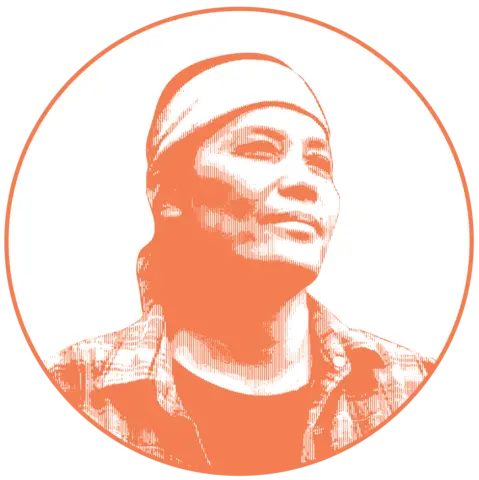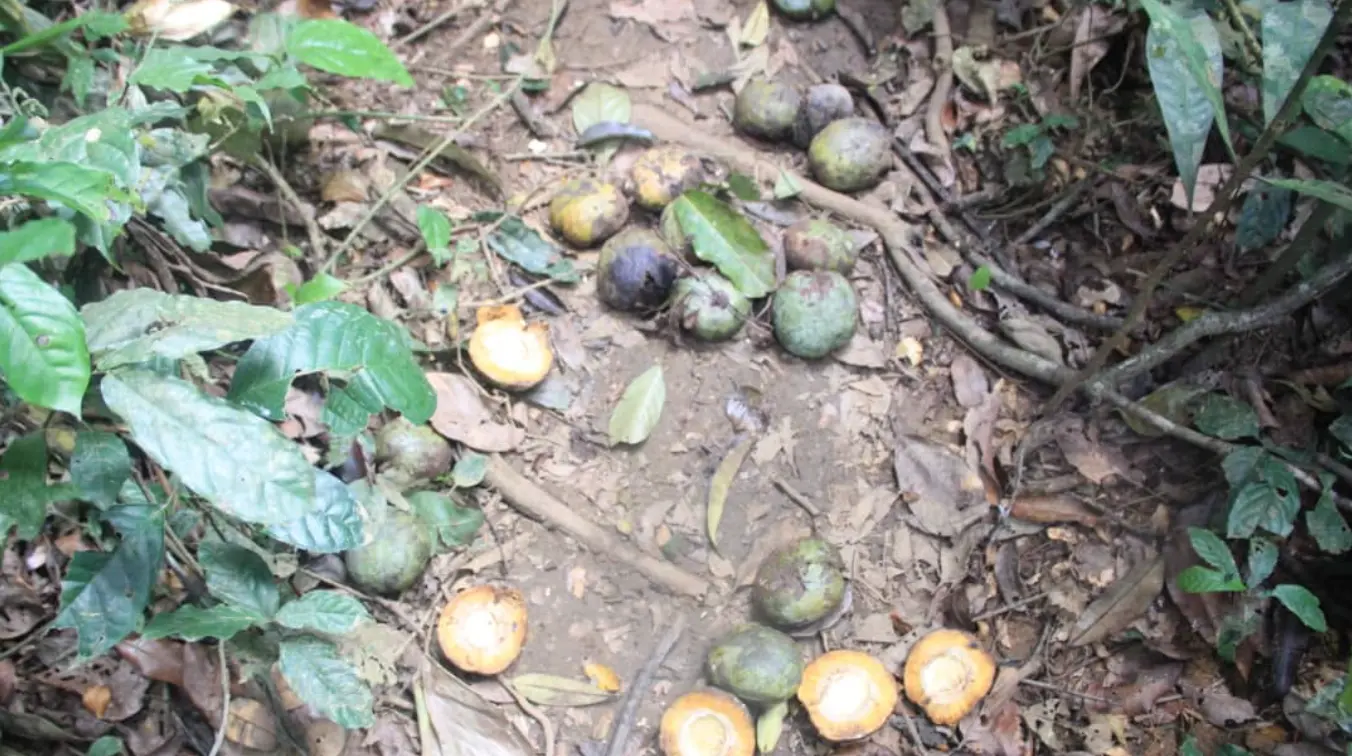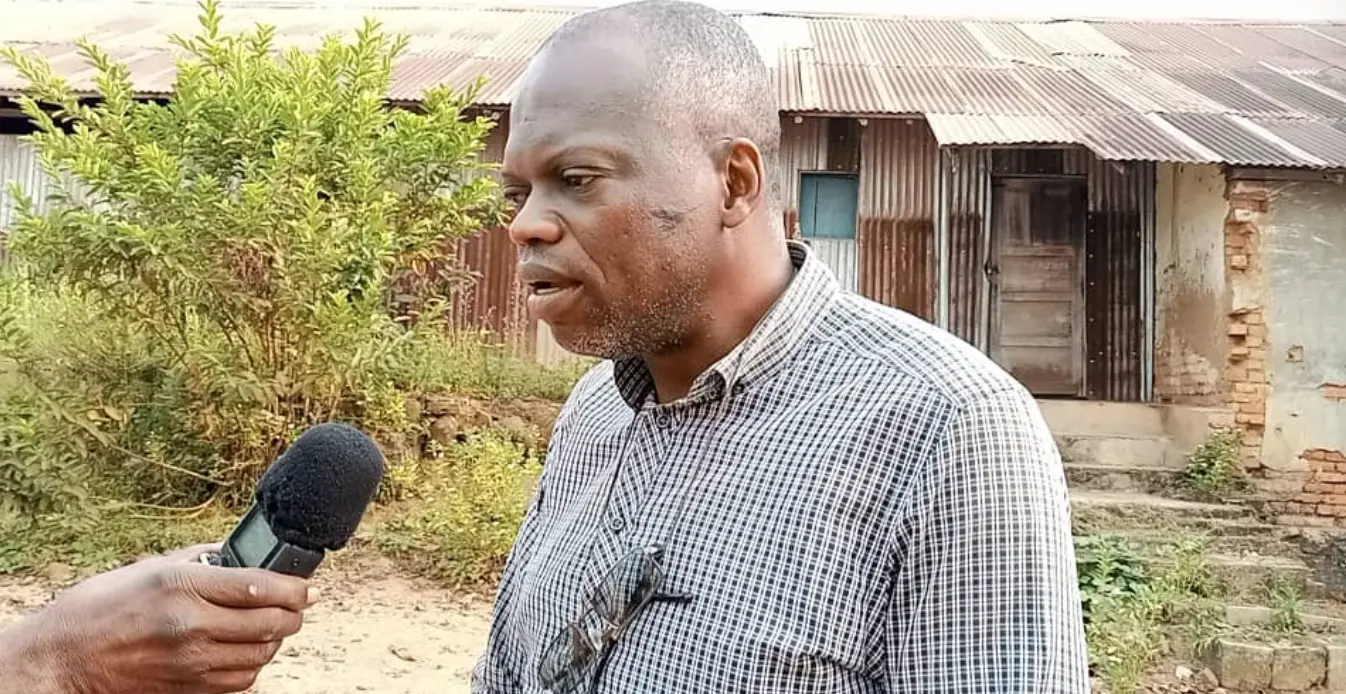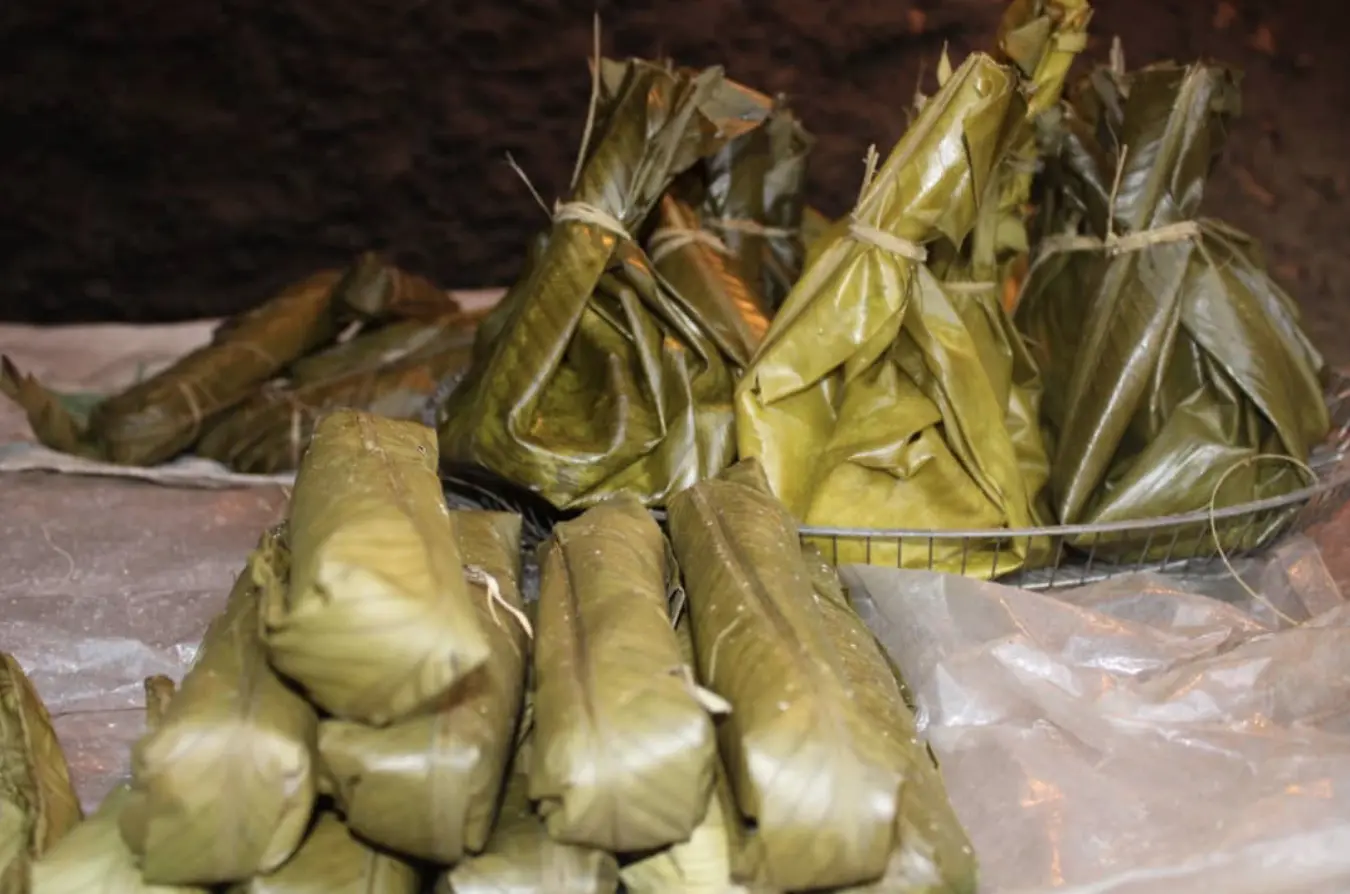This story excerpt was translated from French. To read the original story in full, visit Kis24. You may also view the original story on the Rainforest Journalism Fund website here. Our website is available in English, Spanish, bahasa Indonesia, French, and Portuguese.
The Alinga pygmy leader Jean-Pierre Teto points out that the owners of the forest, the pygmies, no longer live in their natural environment, the forest. "We no longer have access to it since the beginning of the war. We have to go and look for [forest products], even far away. The first cause of the scarcity of magungu is the war, but deforestation is also causing these products to disappear. The population cuts the Mbili lianas, the kadika and ngongolio shrubs," he laments.
The fault is also the new products to feed the urban centres. "They are putting in new fruits such as cassava and bananas, and cutting down trees to get firewood. You realise the fear of their disappearance when you miss them. And this is what makes the pygmy miserable. If he lived in his forest, he would not be accused of thievery and other evils. It makes us sad," Teto laments.
Confined to urban centres in refugee camps, as in Oïcha, without assistance, and unaware of several urban trades, the pygmies are sometimes reduced to stealing Bantu farm produce to survive. This creates enormous tensions and a bad reputation as thieves and lazy people in urban areas. Otherwise, pygmy women beg.

As a nonprofit journalism organization, we depend on your support to fund journalism covering underreported issues around the world. Donate any amount today to become a Pulitzer Center Champion and receive exclusive benefits!










